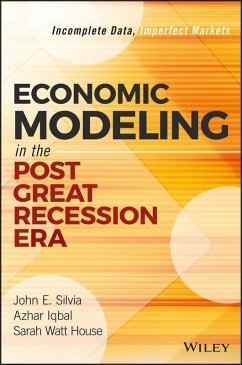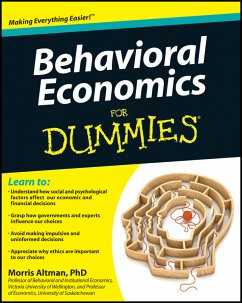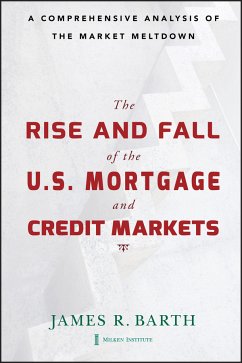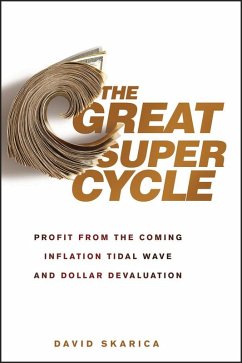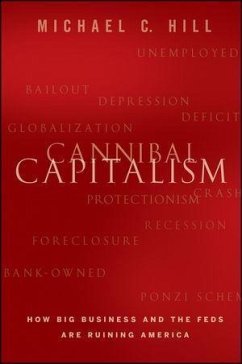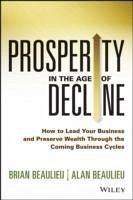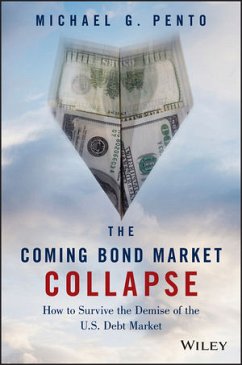
Economic and Business Forecasting (eBook, PDF)
Analyzing and Interpreting Econometric Results
Versandkostenfrei!
Sofort per Download lieferbar
48,99 €
inkl. MwSt.
Weitere Ausgaben:

PAYBACK Punkte
0 °P sammeln!
Discover the secrets to applying simple econometric techniques to improve forecasting Equipping analysts, practitioners, and graduate students with a statistical framework to make effective decisions based on the application of simple economic and statistical methods, Economic and Business Forecasting offers a comprehensive and practical approach to quantifying and accurate forecasting of key variables. Using simple econometric techniques, author John E. Silvia focuses on a select set of major economic and financial variables, revealing how to optimally use statistical software as a template t...
Discover the secrets to applying simple econometric techniques to improve forecasting Equipping analysts, practitioners, and graduate students with a statistical framework to make effective decisions based on the application of simple economic and statistical methods, Economic and Business Forecasting offers a comprehensive and practical approach to quantifying and accurate forecasting of key variables. Using simple econometric techniques, author John E. Silvia focuses on a select set of major economic and financial variables, revealing how to optimally use statistical software as a template to apply to your own variables of interest. * Presents the economic and financial variables that offer unique insights into economic performance * Highlights the econometric techniques that can be used to characterize variables * Explores the application of SAS software, complete with simple explanations of SAS-code and output * Identifies key econometric issues with practical solutions to those problems Presenting the "ten commandments" for economic and business forecasting, this book provides you with a practical forecasting framework you can use for important everyday business applications.
Dieser Download kann aus rechtlichen Gründen nur mit Rechnungsadresse in A, B, BG, CY, CZ, D, DK, EW, E, FIN, F, GR, HR, H, IRL, I, LT, L, LR, M, NL, PL, P, R, S, SLO, SK ausgeliefert werden.




